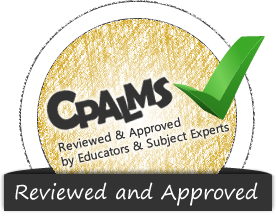Please sign in to access this resource
Not a Florida public school educator?
Access this resourceon CPALMS.com
General Information
Aligned Standards
This vetted resource aligns to concepts or skills in these benchmarks.Related Videos

Learn about wetlands and how they meet the needs of various inhabitants. Learn more about how to learn more at .
Download the CPALMS Perspectives video student note taking guide.

Invasive lionfish are taking a bite out of the ecosystem of Biscayne Bay. Biologists are looking for new ways to remove them, including encouraging recreational divers to bite back!
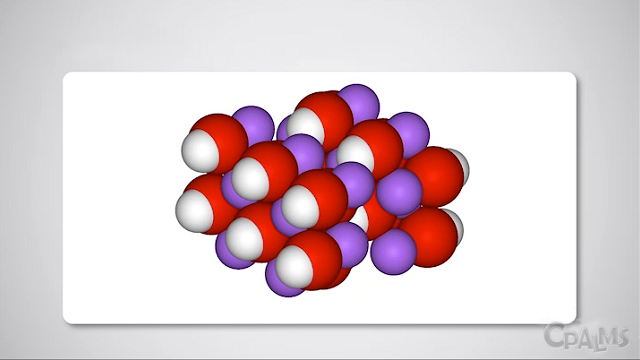
Once this contagious population interaction idea is out there in the wild, it will go viral.

Dive in and learn about how statistics can be used to help research sea turtles!

Dr. Tom Miller describes limiting factors in ecosystems and interactions among organisms in specialized environments.
Download the CPALMS Perspectives video student note taking guide.

It's impossible to count every animal in a park, but with statistics and some engineering, biologists can come up with a good estimate.

Communication is a big part of science. Have your students put their ideas down on paper!
Download the CPALMS Perspectives video student note taking guide.
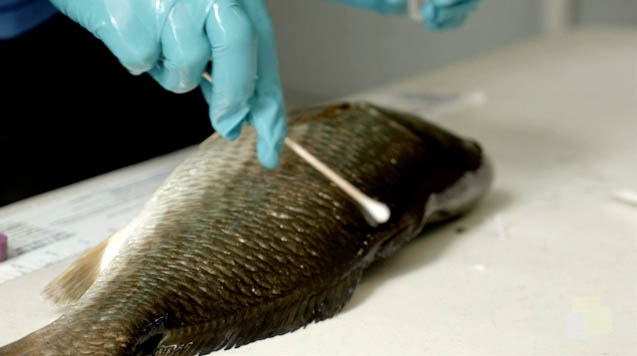
Dr. Andrea Larsen describes interactions between bacteria and fish that allow both to thrive.
Download the CPALMS Perspectives video student note taking guide.
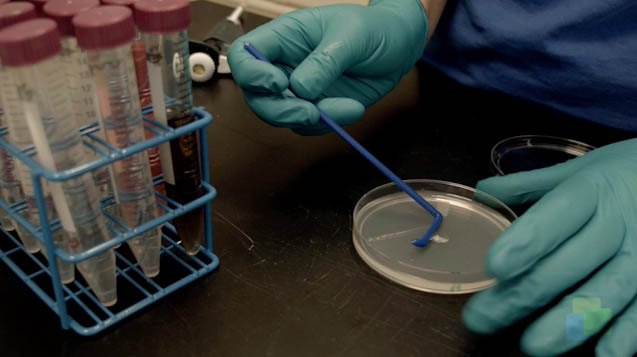
Dr. Andrea Larsen explains how fish microbiota are connected to fish health for aquaculture applications.
Download the CPALMS Perspectives video student note taking guide.
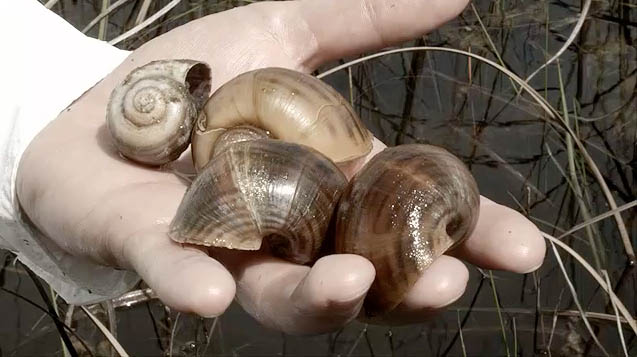
Watch as Dr. Stephen E. Davis, III explains how excess phosphorous pollution is impacting the Everglades.
Download the CPALMS Perspectives video student note taking guide.

NOAA Scientist Doug Devries discusses the differences between fishery independent surveys and fishery independent surveys. Discussion includes trap sampling as well as camera sampling. Using graphs to show changes in population of red snapper.
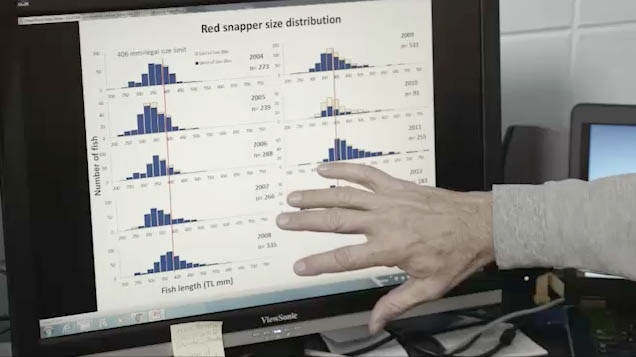
NOAA Fishery management relies on histograms to show patterns and trends over time of fishery data.
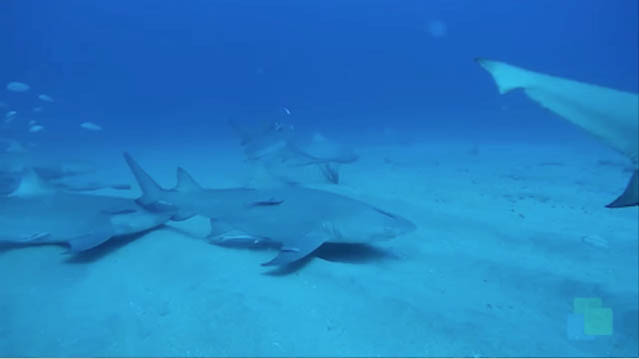
Fish Ecologist, Dean Grubbs, discusses how using statistical sampling can help determine legal catch rates for fish that may be endangered.
Download the CPALMS Perspectives video student note taking guide.
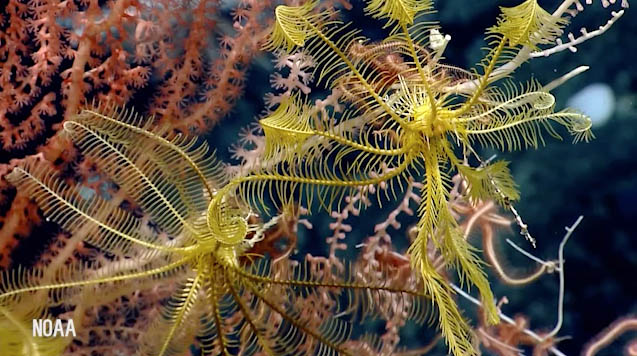
Sandra Brooke, from FSU Marine Lab, talks about undersea canyon ecosystems.
Download the CPALMS Perspectives video student note taking guide.
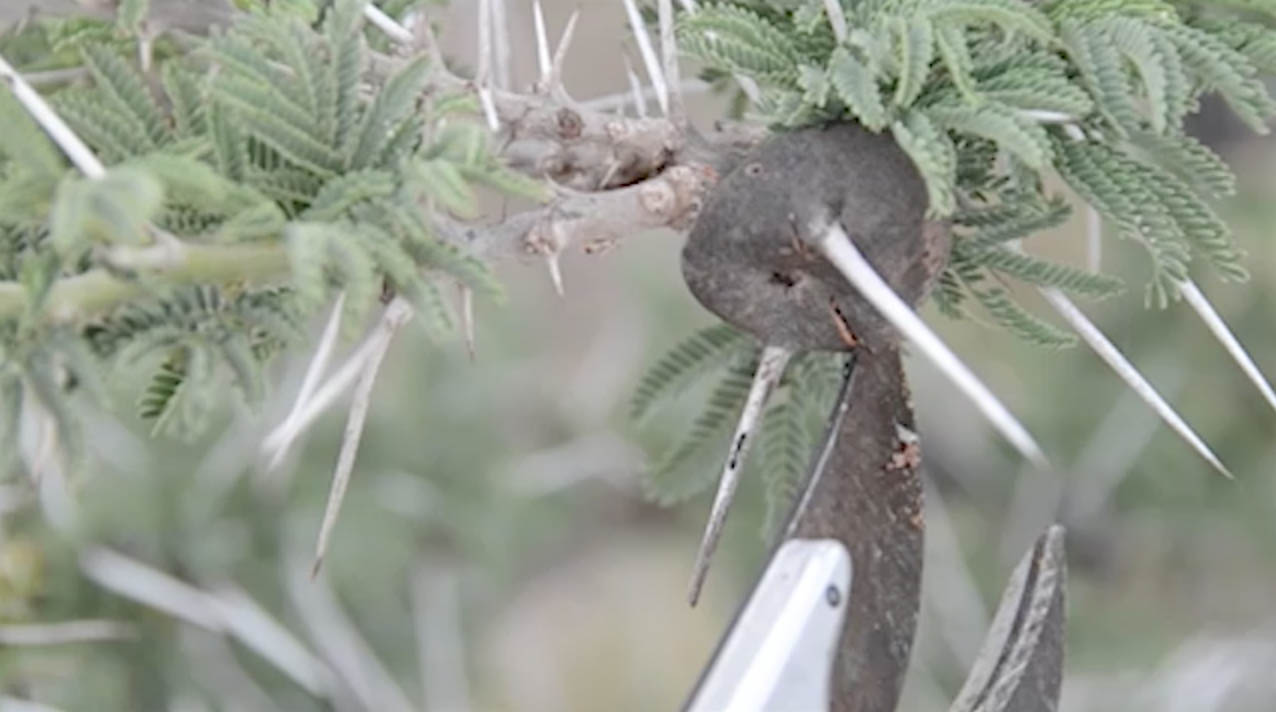
Patrick Milligan shares his research on invasive ant species in the Kenyan savannah.
Download the CPALMS Perspectives video student note taking guide.
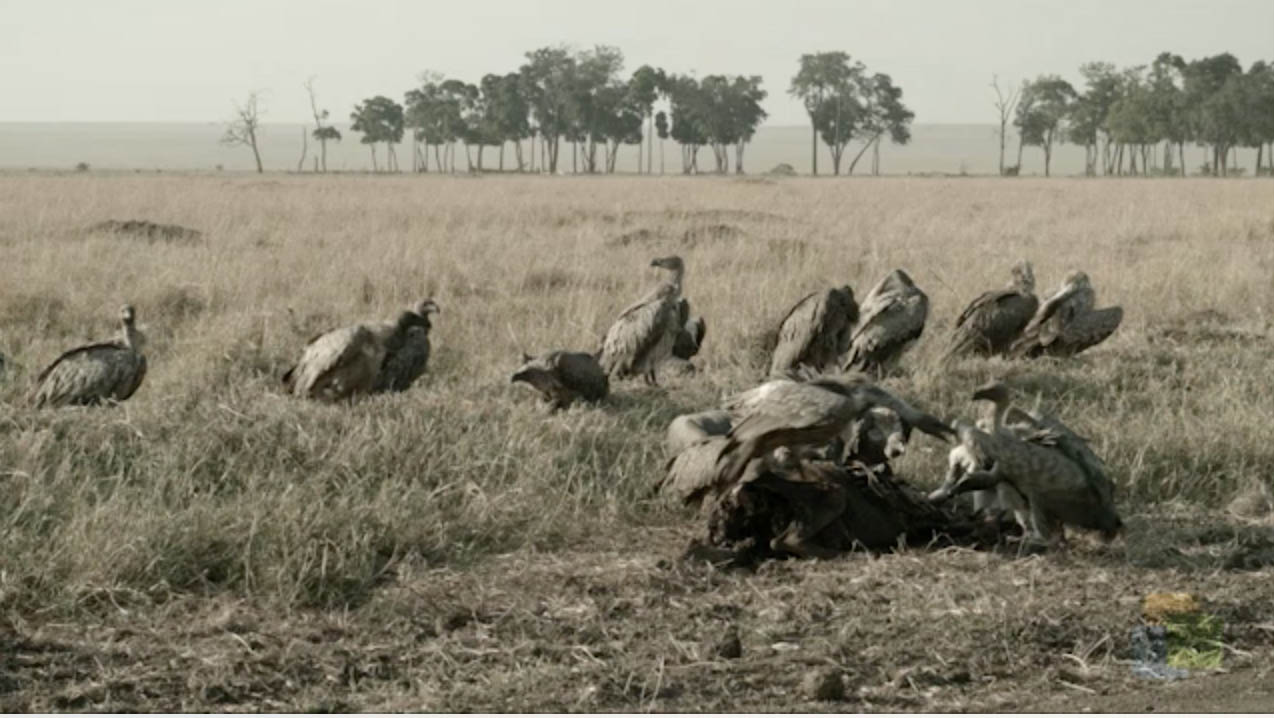
Patrick Milligan discusses the relationship of organisms in the Kenyan savannah.
Download the CPALMS Perspectives video student note taking guide.
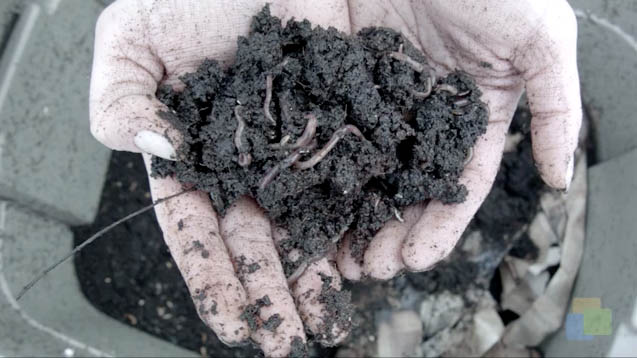
In this video, Molly Jameson explains how worm composting can work for the classroom.
Download the CPALMS Perspectives video student note taking guide.
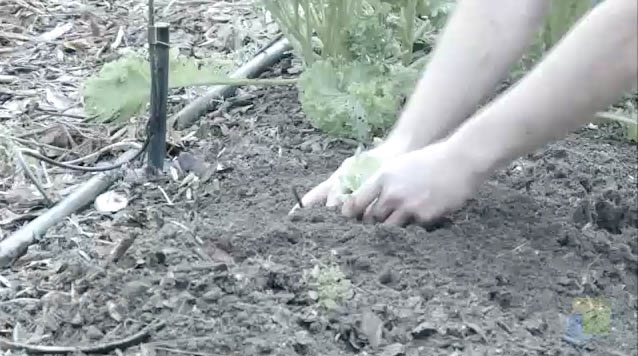
In this video, Mark Tancig explains how decomposers are vital to the process of composting.
Download the CPALMS Perspectives video student note taking guide.
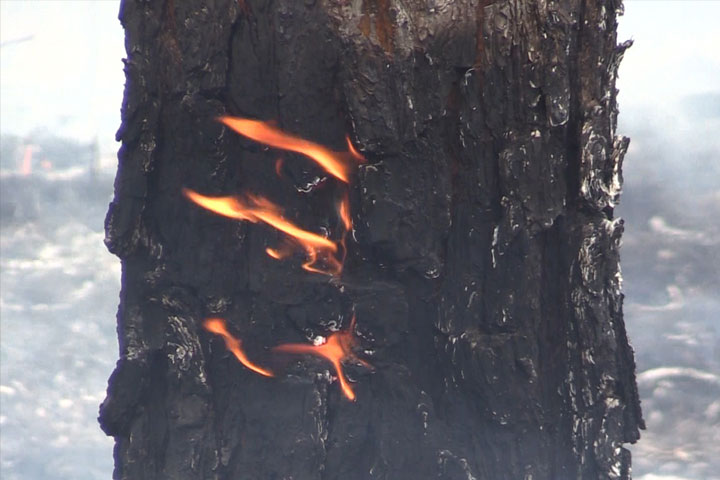
In this video, fire ecologist Kevin Robertson explains the role of fire in the carbon cycle in fire-dependent ecosystems.
Download the CPALMS Perspectives video student note taking guide.
![Cpalms [Logo]](/images/cpalms_color.png)




